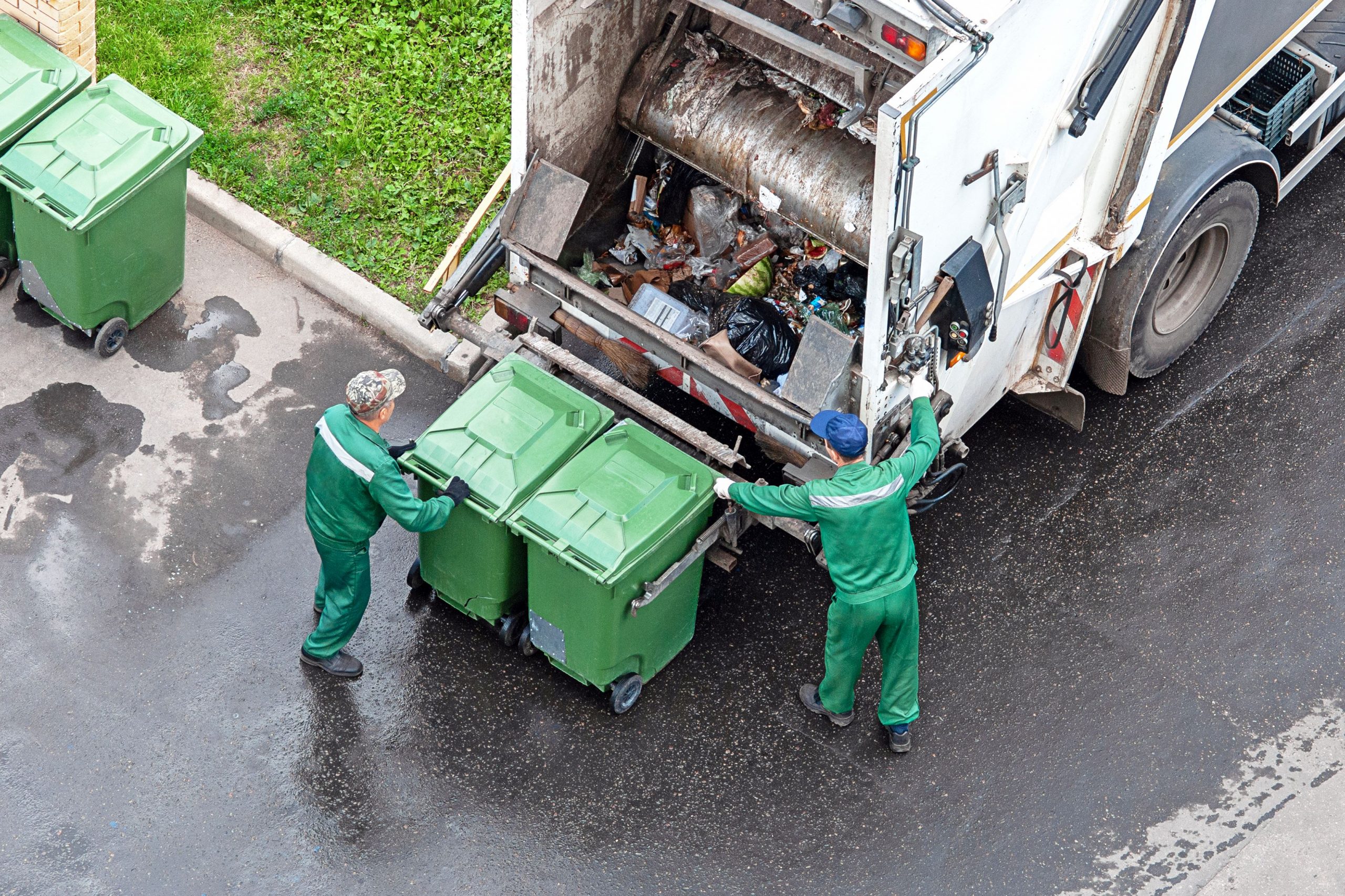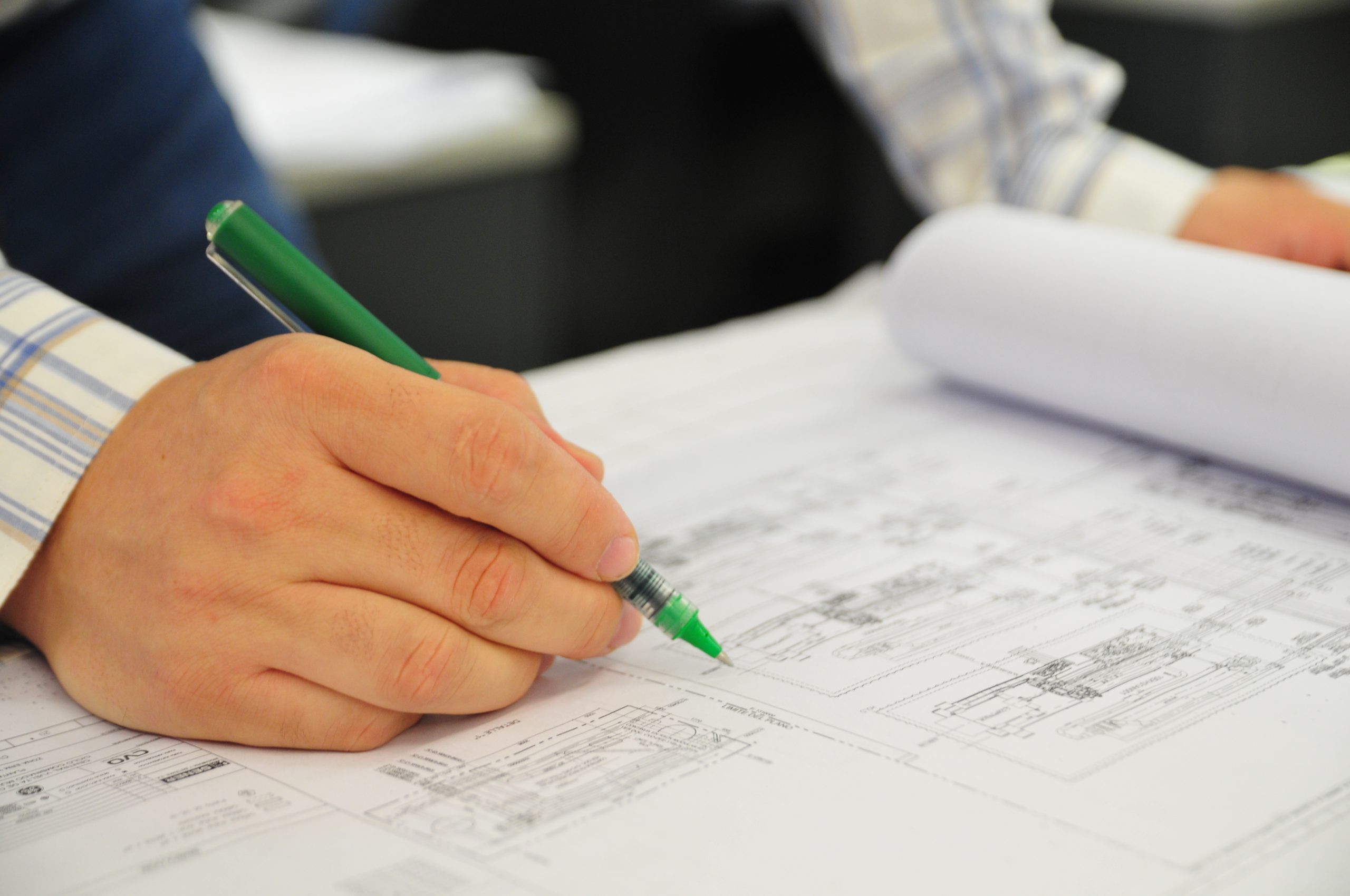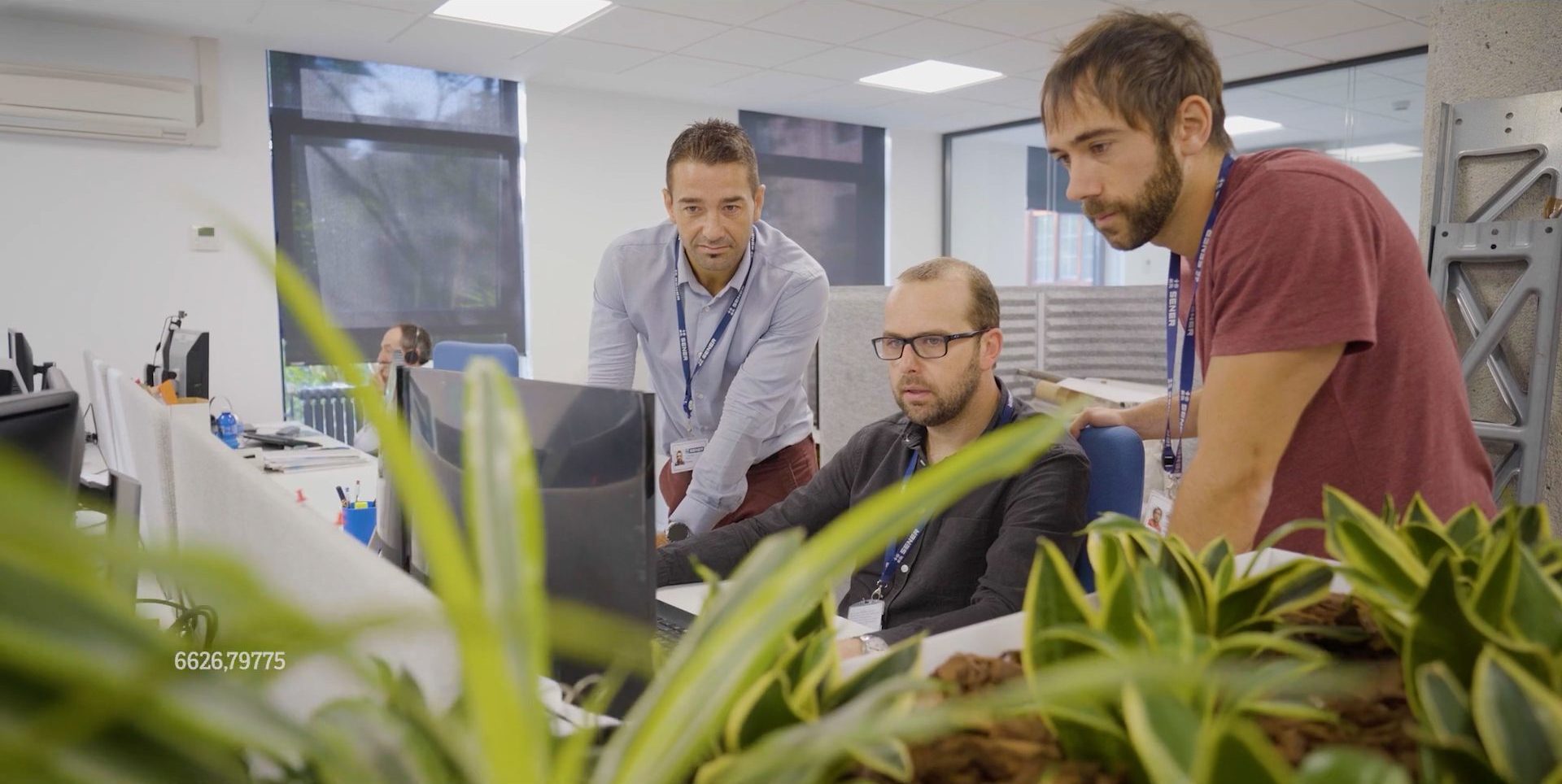
- Energy
Categories:
Nowadays, there is great concern about the management of resources and their waste. In the past, what was bought was thrown away and degraded, but that has changed with the circular economy, of which there are many examples today.
This approach seeks to reuse and give a second life to waste, while decreasing the carbon footprint. Let’s learn more about it, using 6 examples.
What is the circular economy?
The circular economy consists of the sustainable production and use of consumer products, seeking to leave the smallest possible environmental footprint. If applied correctly, waste is recovered for a second life, in addition to extending the life of a product. To achieve this, resources need to be managed sustainably and based on three principles:
● Reduce waste and consumption
● Reuse the product
● Recycle and regenerate materials
Differences between circular economy and linear economy
Before looking at examples of circular economy, let’s look at its differences with the classic linear model. We call linear economy the traditional production model, which simply extracts resources and produces without thinking about reuse. Once it is produced, it is consumed and discarded without recycling.
The difference with the circular model is that it only contemplates a single use of the product, since it focuses on a throwaway economy seeking only profitability. This implies less concern for the environmental footprint and the use of resources. In contrast, the other model seeks sustainable development and the use and recycling of all resources and materials.
Circular economy: 3 examples of industrial projects
On industrial scale, collaboration between organizations and investment in the development of new technological solutions that allow us to provide products with a lower carbon footprint and contribute to the integration of the value chain from waste to final product is necessary, moving towards the decarbonization of the economy and the achievement of the Sustainable Development Goals and the 2030 Agenda.
Let’s examine instances of a circular economy on an industrial scale.
Birplast
The Birplast project aims to repurpose plastic and incorporate it into the circular economy. To achieve this goal, the project emphasizes a deep understanding of plastic, with the intention of devising innovative processes for recycling and transforming it into new plastics and other high-value chemicals.
Recygas
Recygas, funded by the Basque Government, is a project dedicated to waste gasification. Its objective is to advance in the development of a pressurized gasifier with enriched air, a catalytic cracking reactor with tar, and a novel process to synthesize natural gas and methanol.
Zabalgarbi: circular economy in waste management
Zabalgarbi is a thermal power plant focused on recovering energy from waste through incineration, aiming to minimize equivalent emissions. Applying the Sener-2 technology, it is used to exploit waste and obtain energy. This involves employing high pressure to operate at lower temperatures, thereby enhancing the overall energy yield.
3 success stories of circular economy at home
After looking at industrial applications, let’s look at some more consumer-focused small-scale projects.
Too Good To Go
Too Good To Go is an online application that fights against food waste. It connects restaurants, bakeries or supermarkets with customers to sell leftover food at low cost. The customer purchases at a low cos and the restaurant turns a profit on items that would otherwise be discarded.
Sheedo
Sheedo exemplifies circular economy principles in sustainable paper manufacturing by incorporating a unique approach. Instead of conventional paper, Sheedo uses paper embedded with seeds, allowing them to be planted rather than discarded directly into the trash.
Ecozap
Can you imagine changing your shoes while taking care of the environment? That’s possible with Ecozap, which uses eco-friendly products such as tires and bottle caps to make shoes.
How to apply the circular economy in your daily life?
In addition to implementing circular economy practices on an industrial scale, there are also examples of circular economy to apply at home in our daily lives. By incorporating these tips, you not only contribute to environmental conservation but also save money:
● Install solar panels: Harnessing solar panels enables you to produce your own energy consumption, totally clean and renewable.
● Prioritize repairs: instead of buying a new product, look to repair to give it a second life. Take your shoes to the cobbler, fix your phone screen, and visit the dressmaker to adapt that shirt that fits too big.
● Use home automation for energy efficiency: by implementing home automation, you can monitor resource consumption and identify areas where waste can be minimized.
● Recycle: recycling is an example of circular economy that never fails. Segregate garbage bags accordingly and place them to the correct container.
● Sell your unused items: today, there are a multitude of platforms to buy and sell second-hand products, including clothes, books, or electronics. Sell what you don’t use and buy what you need at a lower price. If you don’t manage to sell them, you can also donate them or give them to a friend or family member.
While advancements in circular economy practices are evident, there is still much progress to be made. For more information, visit Sener’s Circular Economy section, to learn more about all our projects and how we contribute to sustainable development.








